The caravan was organized as follows : heavy load on the front, protected by mercenaries, riding equiors – equidae natives of the Nasgaar plains. This permitted them to regulate the speed at which the caravan was travelling and to modulate the road that they could take. Smaller carts and light load was at the middle, following the lead. Finally, those who have the easiest way of modifying their cadencies : walkers and animal’s riders. The remaining mercenaries was framing the whole like a pack of wolves. There was also two pathfinders who communicate with the others with a coded language made of scarves moves.
Two greens scarves up mean no danger, easy road. One green and one red : no danger, be careful of the road and be on guard. Two reds scarves : stopping the convoy, upcoming danger, prepare for combats. Depending on the angle used to show the scarves, the direction was adjusted.
They didn’t see the two red scarves yet. Septem and Astir preferred this and hoped it would last as long as possible before the call to fight. As she got on this convoy as a mercenary and she would have to be on the frontline if something were to happen.
Time was passing differently when travelling with a convoy. Everything was rythmed by meals and stops made to nourish animals and resting. Those stops weren’t at fixed hours and where depending of the landscape and available space around them. When pathfinders fall on a forest clearing or an open field, they would sign to stop for a break (two orange scarves up in direction of the spot). Sometimes they didn’t find a place big enough for everyone to go out of the path. In this case, they would stop one hour before sunset in alignment with the road. It was this configuration that was mostly used on mountain ways. The giant conifer that encircled them didn't left any free space except for the muddy road. Forcing travellers to be wary of their surroundings at all times. Preventing animal’s attack during night and eclipses.
Astir and Septem were amazed by how caravaners repulsed wild beasts during those times. They take huge tarps made of dioica on which they spread a mix of encent and pounded plants. A foul odor emanated from this mixture. Not a very nice one but you get used to it quite fast. Well, except for Gwalarn and Kornog, who find it disgusting and very repulsive. Astir gave them a piece of meat to chew during those periods. Once the pasty fluid was impregnated on the tarps, they covered the carts and people with it. Staying silent. They provided young children with soporific milk to be sure that they would be sleeping through the whole thing. In addition, at night, a huge fire was lit in order to make light and cook meals.
The equior’s riders majority was Verbascus, lowland tribe with yellow nankin skin with light orange zebra stripes. They had the reputation of being good merchants, easy going and dispatch in every corners of Igemba. Astir has heard an old saying at Polyphea auberge that go : « If there isn’t any Verbascu where you are going, turn around and go back, you’re in danger ». Furthermore, they have curly brown hair with different lengths and generally bright yellow eyes with cat-like pupils. They were smaller by two heads than Leontopos.
In the group there were a few more Leontopos coming from Aguilepia or others near villages. They had various shades of violet skin, different from Septem and Astir. There were also representatives of different species. One Speluncico – small, stubby and very resilient. They don’t stand fully, so the stubby appearance. A cavern species. They make good pathfinders and great warriors in darkness. They have a very sturdy brown skin that protects them from cavern asperities. Their eyes are full black in absence of light, otherwise, they become vitreous in plain light. His name was Euphorbe and he has been on this caravan since Ogropy. He couldn’t stand staying in the different caverns of Wliid anymore and choose to go on the road to create an herborist book, recording medical plants from Nasgaär and Hiol, the western continent. His dream was to be an herborist. By the way, in addition to being hired as pathfinder, he was also one of the few caretakers on the caravan.
After two fortnights, Septem and Astir had completely adapted to living with the caravan. They partially served has pathfinders and use that to go hunting, led by their criordes. They didn’t always come back with something but it was enough to provide for their needs plus some of the troup. Most of the time, they were catching iluks (leporidae, found in mountainous forests, small furry mammals measuring 60 cm in adult size, with a reddish robe, with a snake-like taste). But sometimes, they would be able to catch isolated cokats (a two meters tall cervidae with a jet-black coat and ash-coloured antlers. The meat is a little strong but very nourishing, it goes well as a stew.). Over the last thirty days, they were only able to catch one but it permitted to nourish the criordes for three days. The leftover meat was stocked under a cart, to avoid bringing attention from other animals.
In a month, they have travelled for more than two hundred kilometers. More and more taller conifers and increasing bushy fylicophitas was taking over the low mountain vegetation. Orange berries were growing in the thickets. They’re edible and are used to cut hunger. The mountain was replaced by a dense forest. The only thing that was still red was the path of mud they were walking on.
A month had already passed since the end of the hot season and now the weather was growing colder to leave space for the cold season. Some plant species lose their leaves during cold periods. That's why the floor was covered by dead leaves with a lot of interesting colors. Sometimes they were dark violet, other shiny blue or pure orange. It was very nice to observe the changing landscapes. Astir was taking notes from his observations and has decided to teach Septem how to read and write. She showed great potential as she was learning fast even if he couldn’t dedicate a lot of time for teaching her. They did that mostly during evenings, illuminated by fire, drawing on the floor with sticks. They usually had one hour to do that before taking over guard duty.

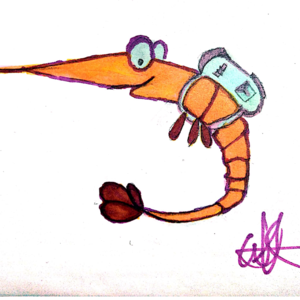

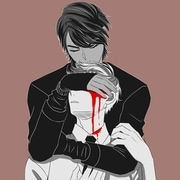

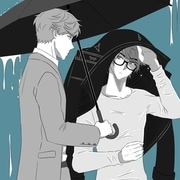
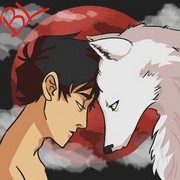
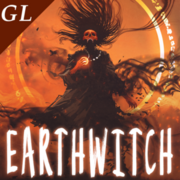
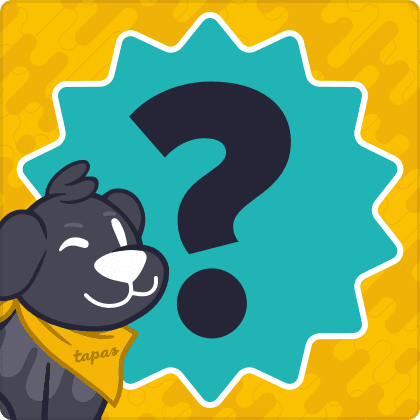
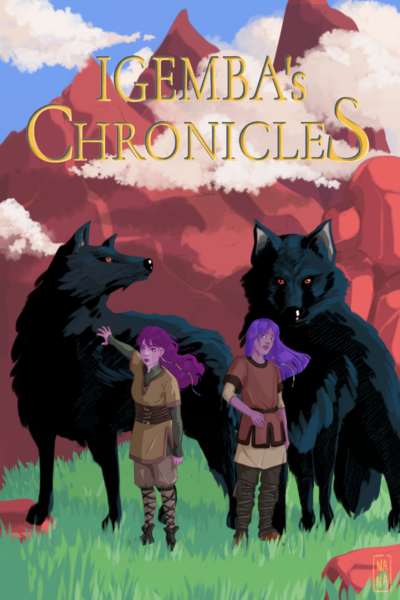
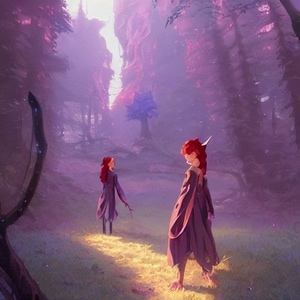
Comments (0)
See all